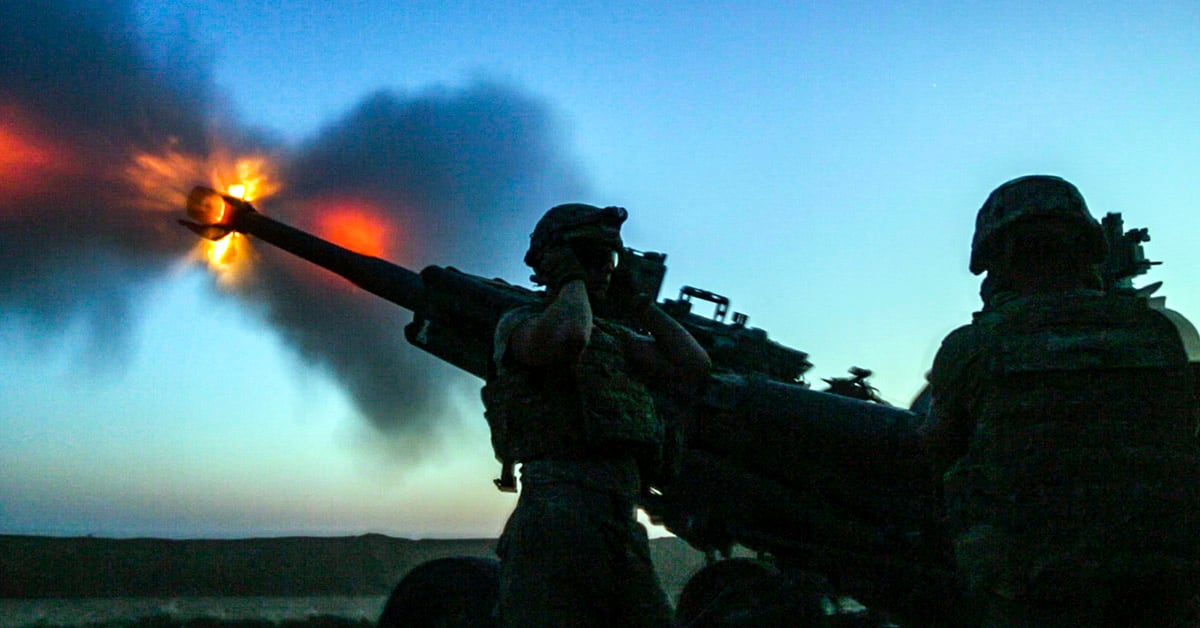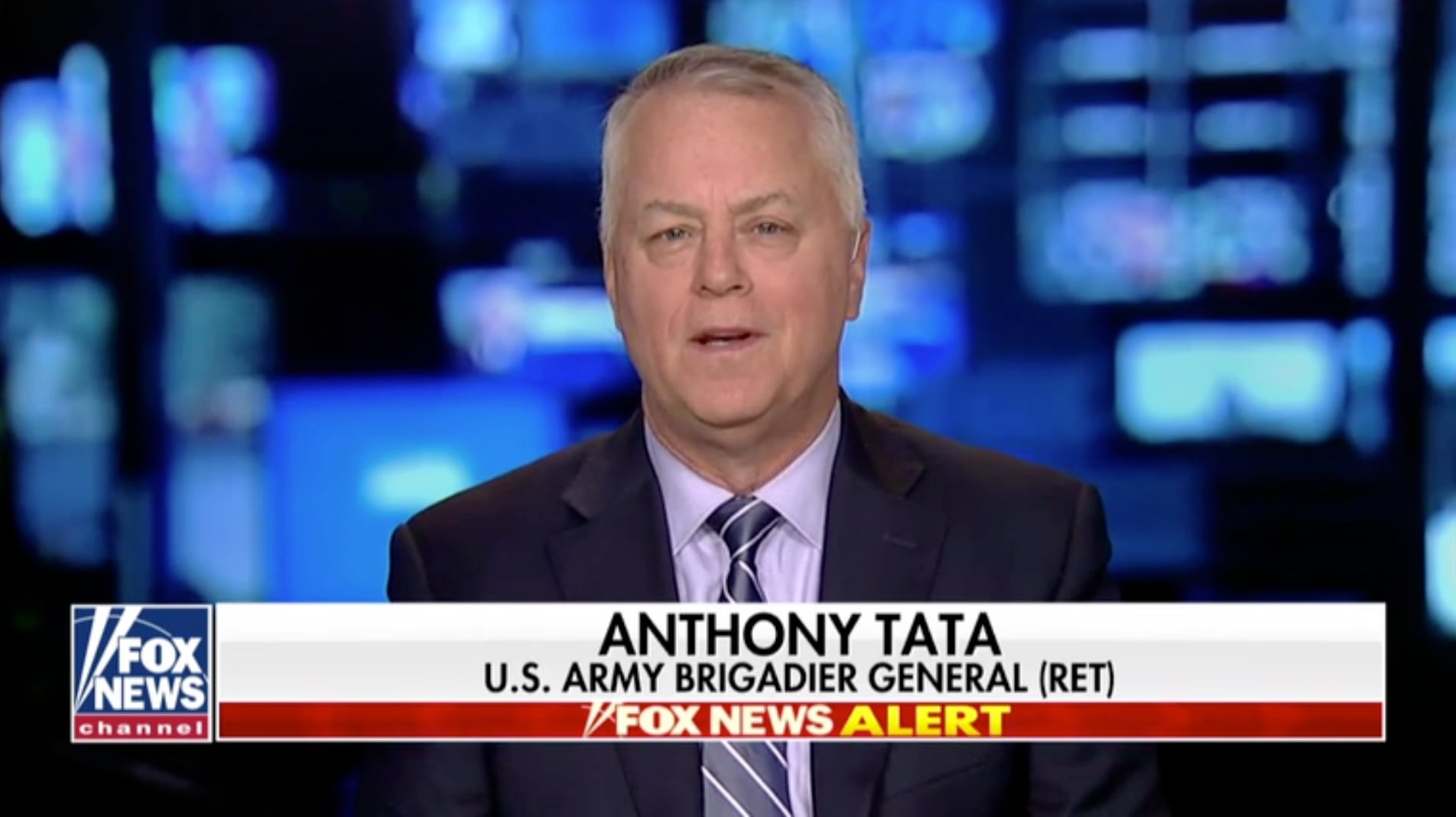The angst over President Donald Trump’s reshuffling of U.S. troops from northern Syria exposes a dearth of understanding of our self-inflicted predicament in the Middle East. For those willing to see it, this situation highlights the absurdity of the many permanent combat deployments Washington maintains throughout the region.
U.S. intervention in Syria was fraught with risk from the beginning. When then-President Barack Obama launched the initial U.S. military offensive in 2014, the Syrian civil war had been raging for three years, pitting Assad-regime forces against scores of Islamic rebel groups opposed to his rule, many of whom were tied to al-Qaida.
Before fighting the Islamic State, Obama tried to tilt the civil war against Syrian President Bashar al-Assad by secretly arming various anti-regime groups. The anti-Assad effort proved disastrous — weapons provided to CIA-backed groups ended up being used against other Pentagon-backed groups — and the cumulative opposition to Assad was both militarily ineffective and rife with links to anti-American forces. It was not the U.S. government’s finest hour.
Next, Obama tried to arm and train so-called “moderate rebels” to fight Assad. This was never a good idea, as there was never a credible alternative to Assad, let alone someone palatable to U.S. interests and values. Regardless, the policy moved forward and proved to be an even greater failure. More than $500 million was spent and virtually no fighters were effectively trained. Undeterred, Obama then chose to directly insert U.S. military personnel into Syria’s internal chaos.
At first he sent only a small number of troops to be “advisers” in the fight against ISIS — even though the ISIS “caliphate” in Iraq and Syria always posed a far greater threat to the region than the United States. Had Obama shown restraint, regional powers would have been forced to defeat the terrorist organization on their own. It would have taken longer, but it also would spared American lives and taxpayer dollars. Instead, without congressional authorization to send combat troops to fight in a sovereign nation, Obama plunged America into yet another long-term war.
RELATED

Rather than reversing Obama’s mistakes, Trump continued his predecessor’s policies.
Trump expanded the number of U.S. troops on the ground and increased the scope of their operations. Not only would the U.S. advise and assist the Kurdish Syrian Democratic Forces (SDF), some Americans would also go into battle with them. Unike Obama, however, Trump issued a clear and attainable military objective — the defeat of ISIS’s caliphate, which was essentially accomplished by the end of 2018.
U.S. troops successfully conducted a number of tactical tasks, expended thousands of tons of bombs, and were eventually successful in helping the SDF defeat ISIS. But then Trump failed to reject mission creep and kept our troops in harm’s way rather than withdrawing them after victory.
Even by October 2017, ISIS’s main headquarters in Raqqa fell. Yet Trump waited more than a year to declare the mission a tactical success, but his administration failed to withdraw U.S. forces. Instead, like every president since 9/11, he left U.S. forces in the Middle East adrift with no end goal or clear path to conclusion. Most of those currently decrying the poorly handled move out of northern Syria do not say under what conditions they would leave — one can be forgiven for assuming their plan is to keep the U.S. mired in the Middle East, fighting other peoples’ wars forever.
Attainability, including criteria by which the mission will be deemed a success or failure, should be an obvious baseline requirement before the U.S. armed forces are deployed into any hostile environment. “Countering Iran” is not a military mission; it’s an ambiguous aspiration that can only result in a permanent military occupation. The “enduring defeat” of ISIS in Syria is a physical impossibility. We proved that even 160,000 troops in Iraq, plus the cooperation of the host government, were insufficient to rid the country of terrorists; it is beyond ludicrous to suggest 1,000 service members in a large country where the host government opposes us could accomplish that task. Trying to limit Russia in Syria with a token number of U.S. troops when Moscow has the full support of the Syrian regime, access to naval and army bases, and a decades’ long history with Damascus, is also militarily unattainable — not to mention foolish and no favor to them. The U.S. would be lucky enough to mire Russia or other adversaries with such a costly, futile mission.
To ignore these realities is to champion permanent failure and further disasters of the sort that has trapped the U.S. in the region for at least two decades.
The only rational, attainable, and beneficial military mission for America in Syria today is the complete withdrawal of all U.S. troops. Our endless presence there undermines U.S. security and prosperity. It’s time to stop making foreign policy on aspirational hopes and return to realistic, feasible policies that benefit our country.
Daniel L. Davis is a senior fellow for defense priorities and a former lieutenant colonel in the U.S. Army who retired in 2015 after 21 years, including four combat deployments. Follow him @DanielLDavis1.
Editor’s note: This is an Op-Ed and as such, the opinions expressed are those of the author. If you would like to respond, or have an editorial of your own you would like to submit, please contact Military Times managing editor Howard Altman, haltman@militarytimes.com.





